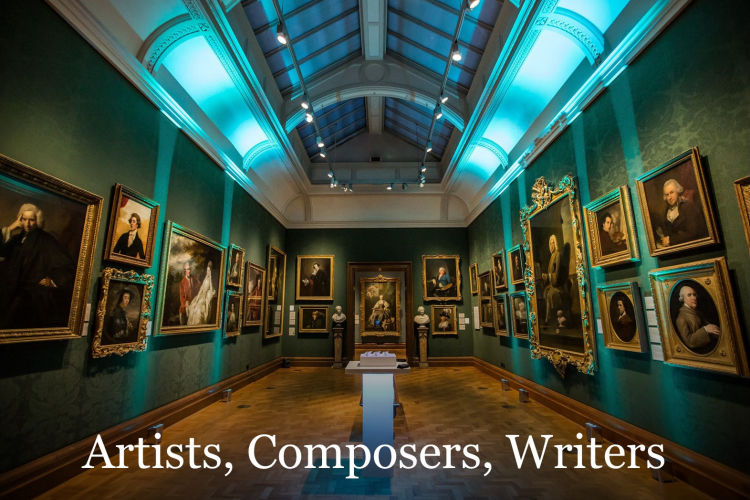2. Retreat.
Some artists reach towards the unknown in later life; others retreat into an earlier age. Not necessarily in regression,
but because it offers an irony that can show the present in a different light. We see this from Shakespeare in The
Tempest, in Helen in Egypt by the modernist poet H. D. (Hilda Doolittle), and in Capriccio, the final
opera of Richard Strauss. And Sicilian Prince Giuseppe di Lampedusa wrote a posthumously-published novel, The
Leopard, that fictionalized the start of his own family's decline a century earlier.
The class will now begin with a review of last week's session. As a result, the section on painting (Turner, Grandma Moses,
and Picasso) will be omitted, though the handouts and materials below reflect the original version.
The script, videos, and images will be posted immediately after class.
The class actually began with a review of the first week's session. As a result, the section on painting (Turner, Grandma Moses,
and Picasso) was omitted. For the sake of completeness, though, the materials on this page reflect the original intention.
Following up this class on YouTube is a bit of a challenge. The audio readings are all availble, though without the
accompanying texts. There is only a short clip from the 2011 Met production of Capriccio, but I have been able
to find an earlier complete production from San Franciso that shows its age, but does have English titles. The RSC
Tempest and Visconti Leopard are represented only by trailers and short clips, mostly without titles, but
I have been able to string together at least samples of most of what we watched in class. *Asterisks, as usual, indicate
items different from those shown in class. rb.
| |
|
|
|
|
|
| IMAGES |
The thumbnails below cover the slides shown in class. Click the
thumbnail to see a larger image.
Click on the right or left of the larger picture to go forward or back,
or × to close. |
 | |
 | |
 | |
 | |
 | |
 | |
 | |
 | |
 | |
 | |
 | |
 | |
 | |
 | |
 | |
 | |
 | |
 | |
 | |
 | |
 | |
 | |
 | |
 | |
Here are brief bios of the artists and poets considered in the class, listed in chronological order of birth.
You can access all biographies via the BIOS link on the syllabus page.
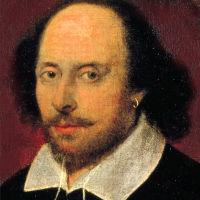 |
William Shakespeare, 15651616. English poet and playwright.
Shakespeare's 37 plays (comedies, histories, tragedies, and others that defy classification) and his 154 sonnets are so well known, as are the basic facts of his life, that it would be redundant to attempt even a thumbnail bio here.
|
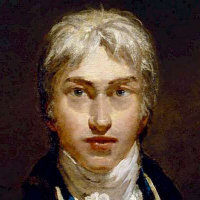 |
Joseph Mallord William Turner, 17751851. English painter.
Rivaled only by Constable, Turner was the dominant British landscape painter of the first half of the 19th century, he started his career with topographical views intended for engraving, and ended with works whose subjects were dissolved in veils of paint and light.
|
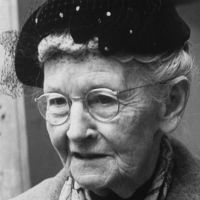 |
Grandma Moses (Anna Mary Robertson Moses), 18601961. American naοve painter.
Moses, who lived on a New England farm for her entire life, took up painting only at the age of 78, when her arthritis put an end to her embroidery. Her depictions of simple country scenes, peopled with busy figures, became immensely popular in the 1950s.
|
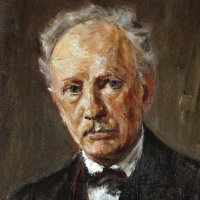 |
Richard Strauss, 18641949. German composer.
You might say that Strauss had two careers: as an orchestral composer, and as an opera one. His tone poems in the 1890s such as Don Juan and Till Eulenspiegel brought him immediate fame, but he wrote his last big orchestral work in 1915. Meanwhile his operas Salome (1905) and Elektra (1909) continued his radical Expressionism, but with Der Rosenkavalier (1911), he began a stylistic retreat that continued until his last opera, Capriccio, in 1942.
|
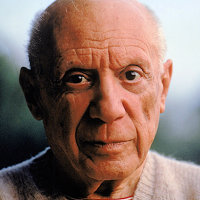 |
Pablo Ruiz Picasso, 18811973. Spanish painter, printmaker, and sculptor.
Picasso's invention of Cubism around 1910 (with Georges Braque) made him arguably the most important figure in 20th-century art. However, his entire career from precocious youth to energetic old age was distinguished by rapid changes of style, constant experimentation with new media, and a gift for finding the exact image to capture an historical moment, as in his Guernica of 1937.
|
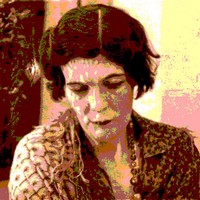 |
H. D. (Hilda Doolittle), 18861961. American modernist poet.
The daughter of a professor of astronomy at Lehigh University in Pennsylvania, Doolittle briefly attended Bryn Mawr to study Greek Literature. There she met the poets Wallace Stevens, Marianne Moore, and most importantly Ezra Pound, who published her first poems with those of other Imagists, using her initials rather than her full name. She moved to England in 1911, and seldom returned to America.
|
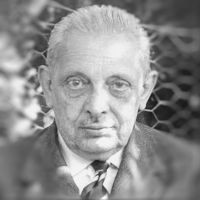 |
Giuseppe Tomasi di Lampedusa, 18961957. Italian novelist.
The last descendant of ancient Sicilian nobility, Lampedusa wrote his only novel, Il Gattopardo (the Leopard), in his final years because he felt he was in a unique position to chronicle the decline of his family and the vanished way of life of the Sicilian aristocracy. He did not live to see it published.
|
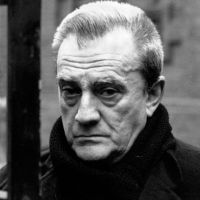 |
Luchino Visconti, 190676. Italian film and opera director.
Though born into a Milanese aristocratic family, Visconti became a Communist, and his earlier films depict working-class life with brutal realism. In 1963, with his filming of Lampedusa's The Leopard, his style changed totally, and his last works are noted for their opulent depictions of decadence. He was also one of the greatest opera directors of his time.
|
























